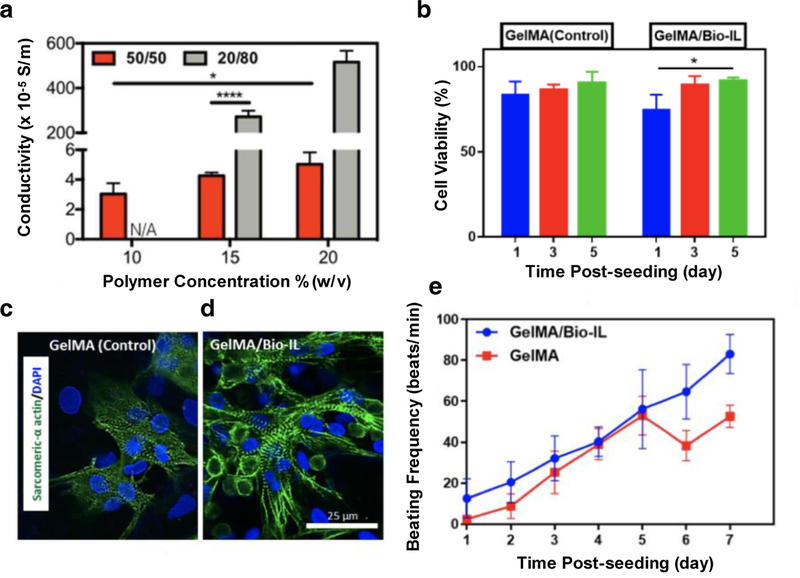Figure 4. Synthesis and characterization of ECHs engineered using Bio-ILs.
Electrical conductivity assessment of ECHs formed with GelMA and bio-ionic liquid (Bio-IL) demonstrating that scaffolds fabricated with higher concentrations of Bio-IL exhibited greater electrical conductivity (a). Biocompatibility assessment using CMs seeded on the surface of GelMA hydrogels and GelMA/Bio-IL ECHs in vitro demonstrated that the incorporation of Bio-IL into hydrogels had no significant effect on cell viability after 5 days (b). Immunofluorescent staining of sarcomeric α-actinin (green) and DAPI (blue) in CMs seeded on control GelMA hydrogels (c) and GelMA/Bio-IL (d) ECHs at day 7. Characterization of synchronous beating of CMs seeded on GelMA hydrogels and GelMA/Bio-IL ECHs over 7 days of culture showing that the conductive GelMA/Bio-IL hydrogel exhibited higher beating frequencies compared to non-conductive GelMA hydrogels (e). [20], Copyright 2017. Reproduced with permission from Nature Publishing Group. Scale bars= 25 µm (d).

